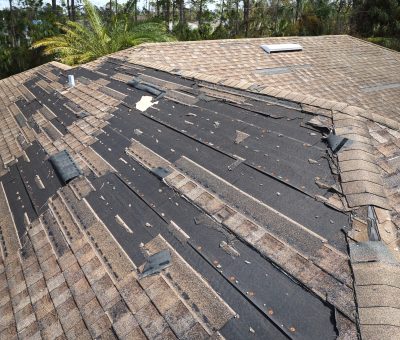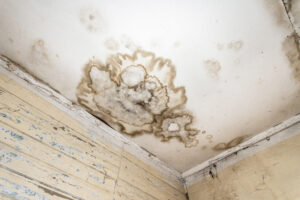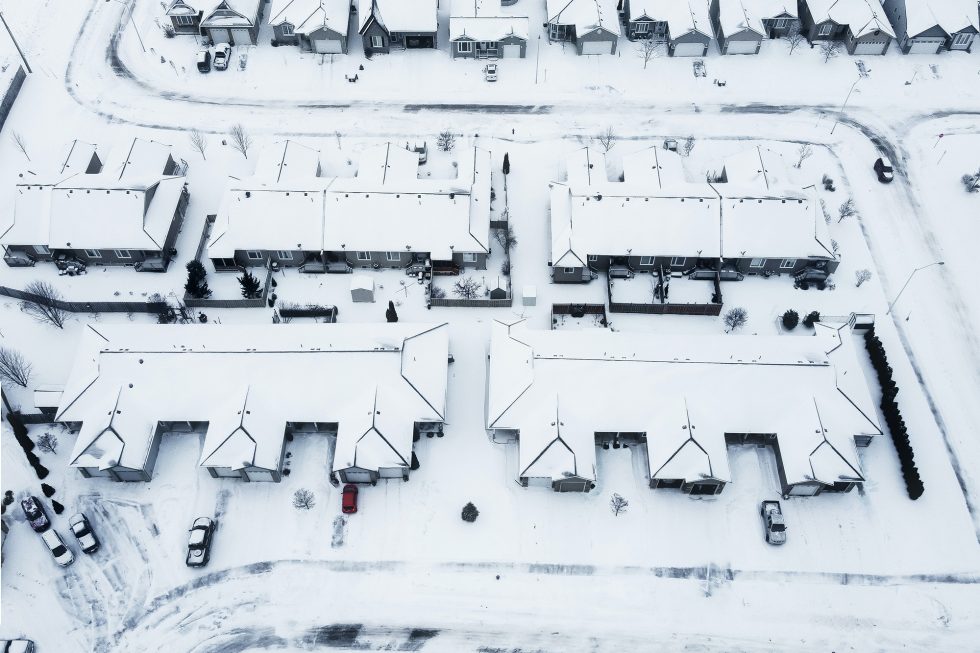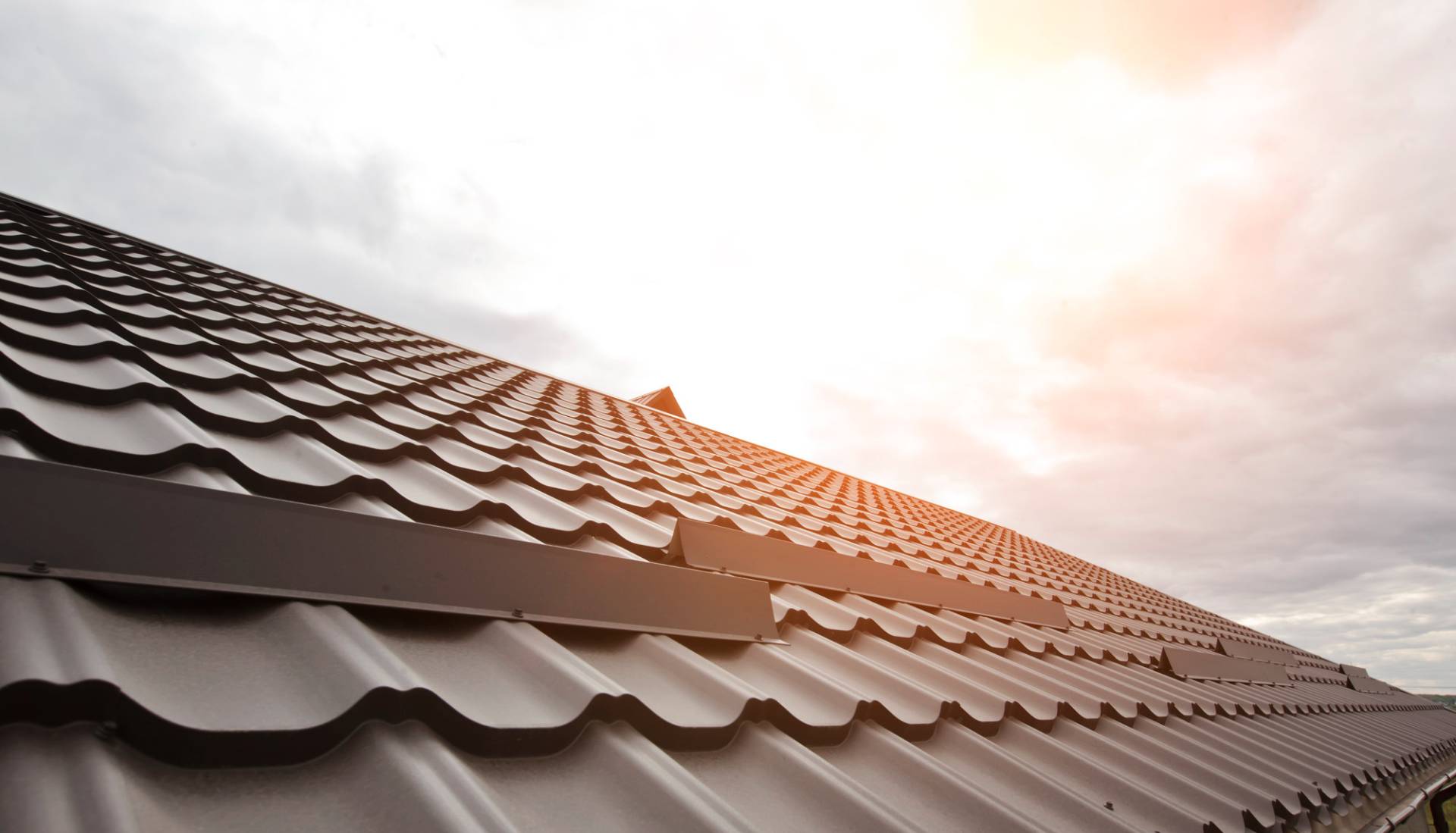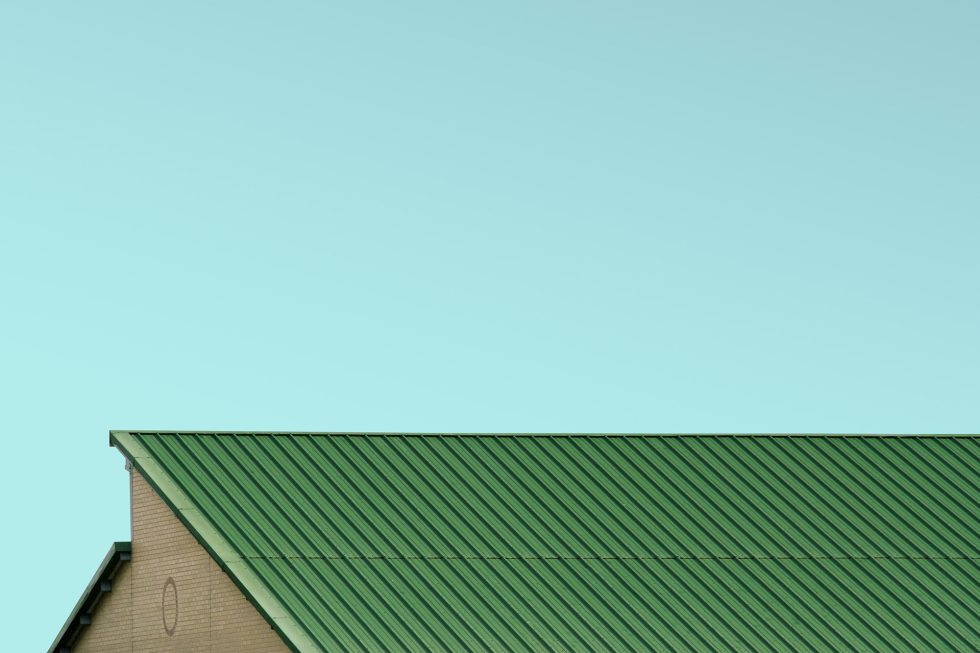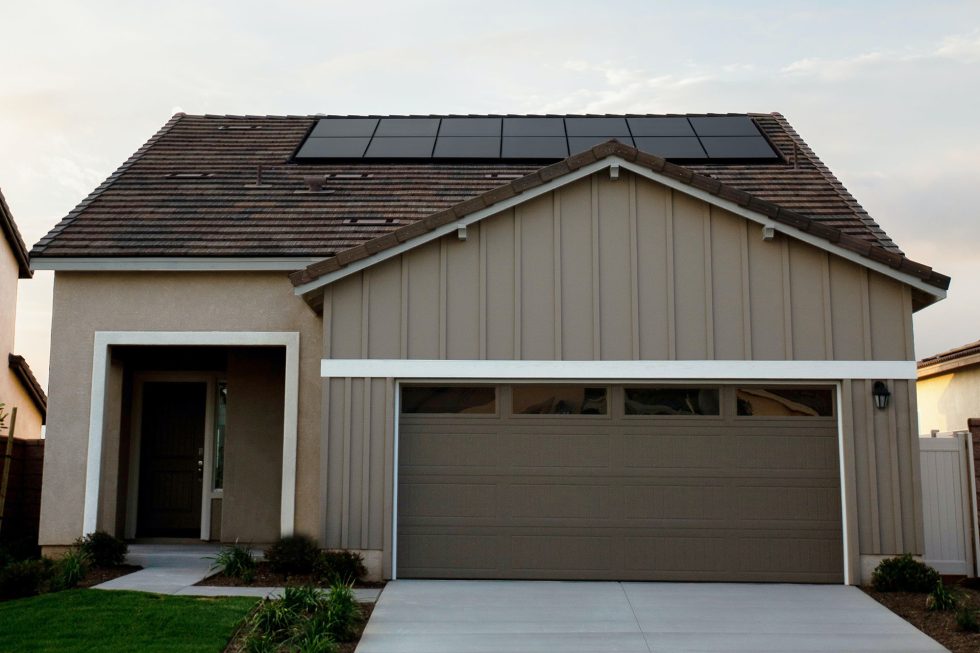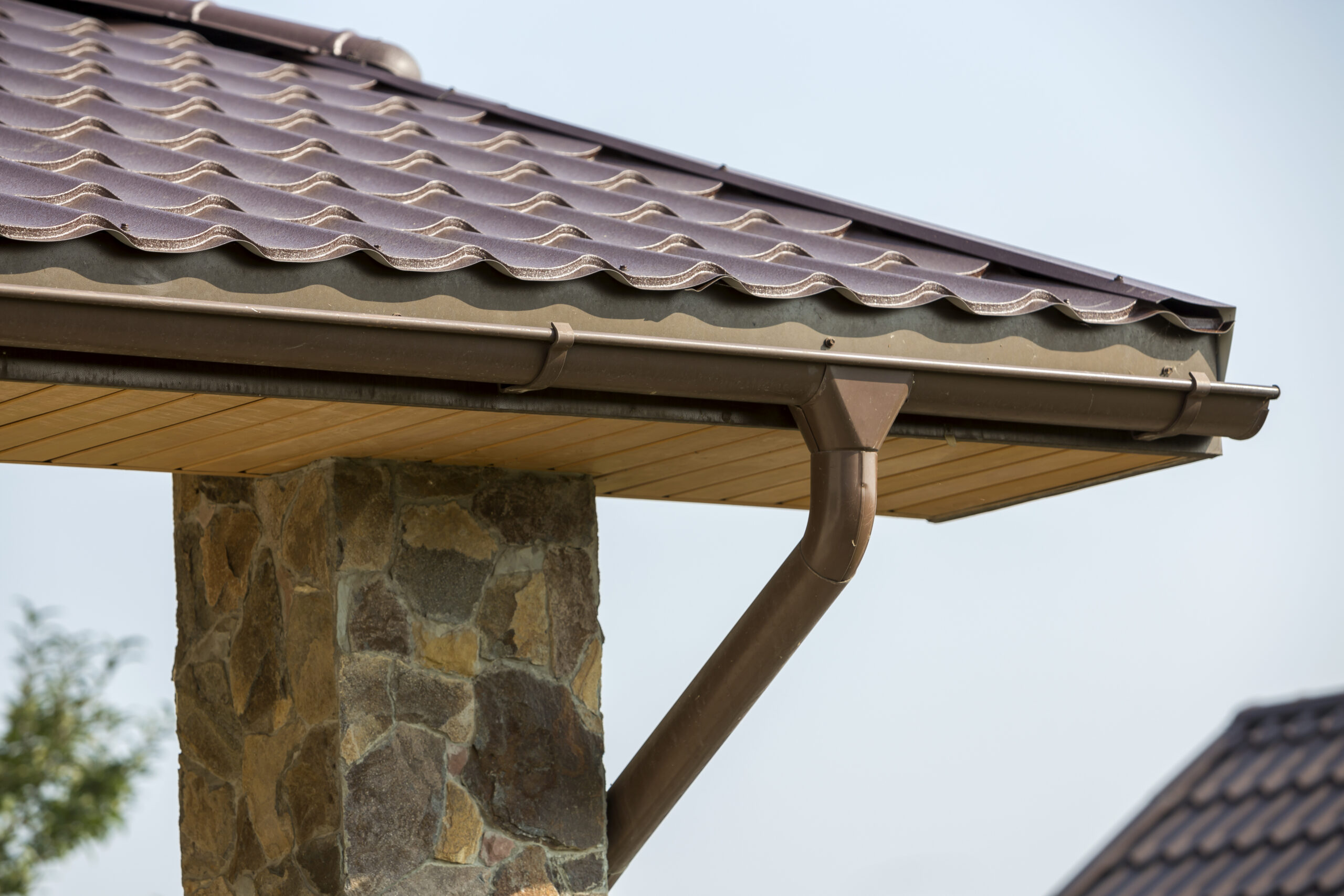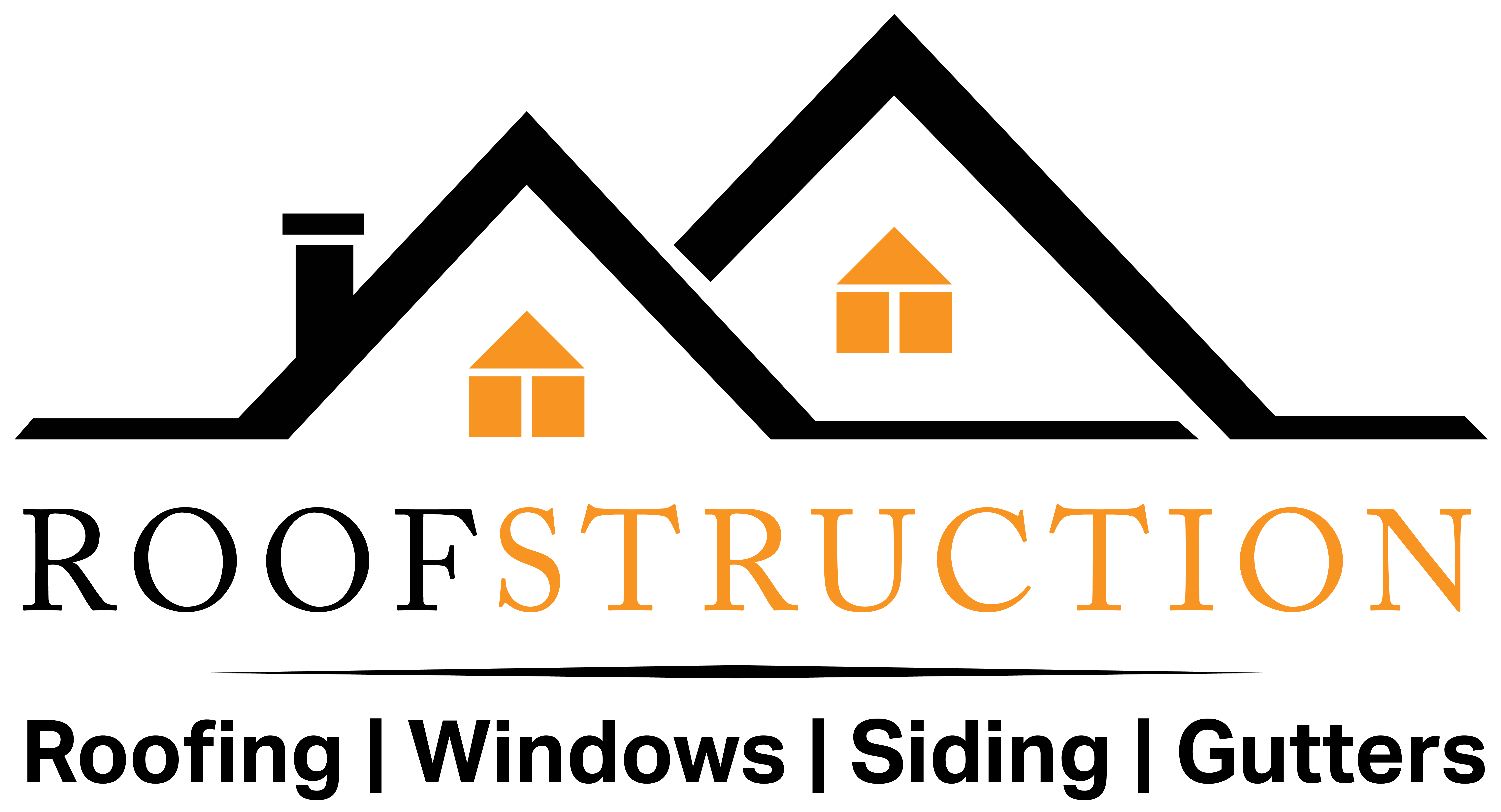How Long Does It Take for a Roof Leak to Cause Mold?
Mold can begin to grow rapidly after a roof leak. According to experts, mold starts to develop within 24 to 48 hours after water exposure. This quick growth is because mold thrives in moist environments. If you don’t address the leak promptly, mold will continue to spread, causing more damage to your home and potentially affecting your health.
Can a Leaky Roof Cause Black Mold?
Yes, a leaky roof can indeed cause black mold, which is one of the most dangerous types of mold. Black mold, also known as Stachybotrys chartarum, produces toxins that can lead to serious health issues, including respiratory problems and allergic reactions. When a roof leak goes untreated, it provides the perfect environment for black mold to flourish. This type of mold is particularly concerning because it can cause severe structural damage to your home and significant health problems for you and your family.
How to Prevent Mold After a Roof Leak
Preventing mold after a roof leak involves swift and effective action. Here are some steps to take:
- Fix the Leak Immediately: As soon as you notice a leak, contact a roofing professional to repair it. The quicker you address the source of the moisture, the less likely mold will develop.
- Dry the Affected Area: Use fans, dehumidifiers, and open windows to dry out the area as much as possible. Mold cannot grow in dry conditions.
- Remove Wet Materials: Any materials that got wet, such as insulation, ceiling tiles, or carpeting, should be removed and dried or replaced. These materials can retain moisture and become breeding grounds for mold.
- Clean and Disinfect: Clean the area with mold-killing products. Bleach solutions or specialized mold cleaners can help eliminate mold spores that may have started to grow.
How Do You Check for Mold After a Roof Leak?
Checking for mold after a roof leak involves a few steps:
- Look for Visible Signs: Mold often appears as black, green, or brown spots on walls, ceilings, and other surfaces.
- Smell for Musty Odors: Mold has a distinctive, musty smell. If you notice this odor, it’s a sign that mold may be present.
- Inspect Hidden Areas: Mold can grow in hidden areas, such as behind walls, under carpets, and in insulation. Use a flashlight to inspect these areas thoroughly.
- Professional Inspection: If you suspect mold but cannot find it, consider hiring a professional mold inspector. They have tools and expertise to detect mold that might not be visible.
Will Mold Go Away if the Leak is Fixed?
Fixing the leak is the first step in stopping mold growth, but it won’t make existing mold go away. Mold that has already formed will need to be removed. Simply repairing the leak stops additional moisture from entering the area, preventing further mold growth but not eliminating what’s already there.
How to Get Rid of Mold from a Leaky Roof
Getting rid of mold after a leaky roof involves several steps:
- Wear Protective Gear: Before starting mold removal, wear gloves, a mask, and protective eyewear to protect yourself from mold spores.
- Isolate the Area: Close off the affected area to prevent mold spores from spreading to other parts of your home.
- Remove Damaged Materials: Take out any materials that are heavily infested with mold, such as drywall, insulation, and ceiling tiles.
- Clean Surfaces: Use a mixture of water and detergent to scrub mold off hard surfaces. For porous surfaces, use a stronger mold-killing solution.
- Dry the Area Thoroughly: After cleaning, ensure the area is completely dry to prevent mold from returning.
- Encapsulate the Area: Use a mold sealant to cover cleaned surfaces. This helps to prevent future mold growth.
Conclusion
A roof leak can indeed cause mold, and it can develop quickly. To prevent mold after a roof leak, fix the leak immediately, dry the affected area, remove wet materials, and clean and disinfect the area. Checking for mold involves looking for visible signs, smelling for musty odors, inspecting hidden areas, and possibly hiring a professional inspector. Fixing the leak won’t make existing mold go away; it must be removed. Protect your home and health by taking prompt action to address roof leaks and prevent mold growth.
